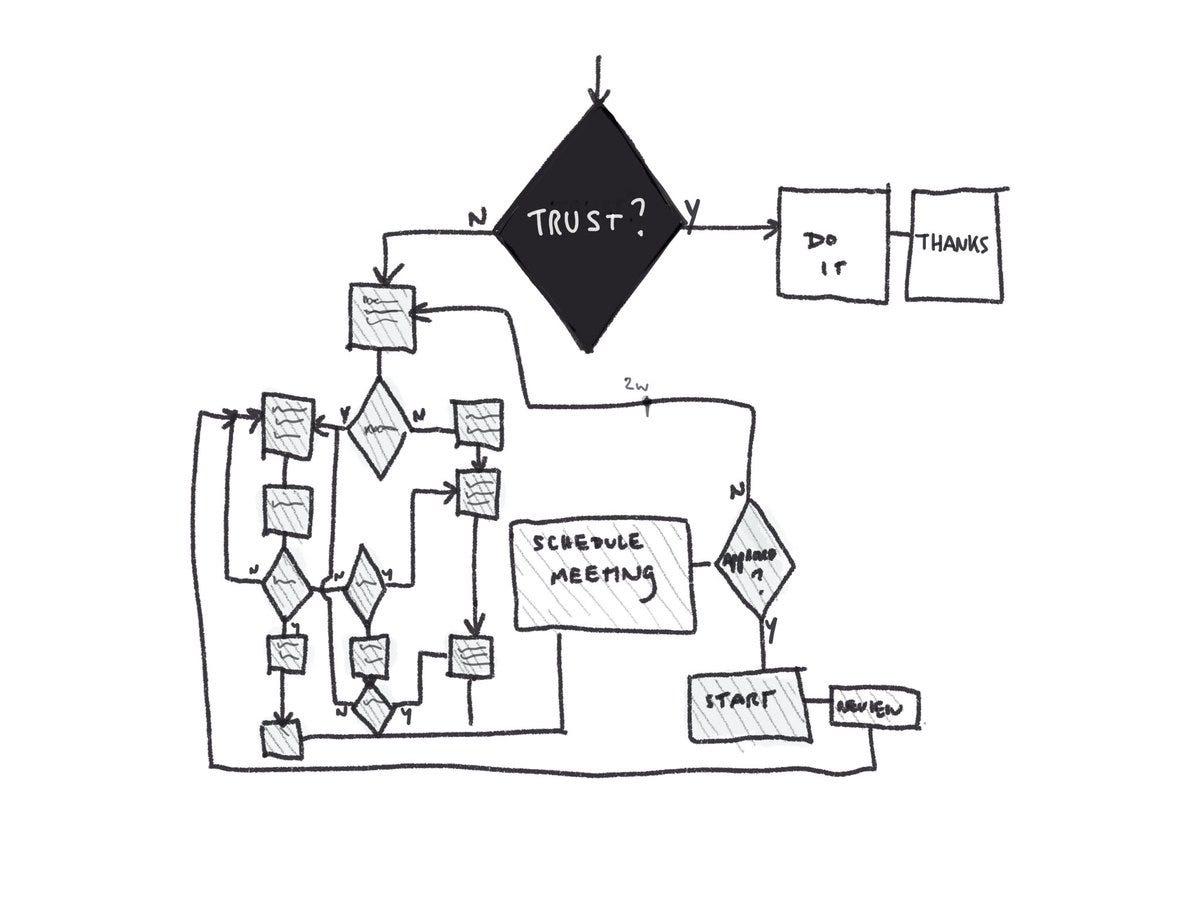How to get better at influence
What Frodo Baggins from Lord of the Rings can teach us about influence
👋 Hey, I’m Lenny and welcome to a 🔒 subscriber-only edition 🔒 of my weekly newsletter. Each week I tackle reader questions about product, growth, working with humans, and anything else that’s stressing you out about work.
Q: I know that as a PM I need to lead through influence. So how do I get better at influence?
First, let’s be real. PMs at most companies actually do have more authority than other functions. Though not explicit, it’s usually there. Nevertheless, leading by authority alone isn’t ever a great idea, and the best product leaders are incredibly good at the art of influence. Just look at any effective leader within your organization—they are almost certainly the best at getting done what they want done.
The best way to improve your influence skills is to study people who are really good at it. And imho, one of the greatest influencers of all time is Frodo Baggins. Hear me out.
If you’re not familiar with The Lord of the Rings, Frodo is a very unassuming character (he’s like 3 feet tall), without any superpowers of any kind. In spite of that, he was entrusted with the most important mission in the world—to travel across Middle Earth to destroy a very dangerous ring.
And he does it (sorry for the spoiler). Not through any real power over anyone but through grit, determination, and … influence.
By studying Frodo’s journey, we can learn how to become better influencers ourselves.
I present seven ways to improve your influence skills, as taught to us by Frodo Baggins and The Lord of the Rings.
Strategy 1. Make their goals your goals
How did Frodo convince the most badass people in the world to risk their lives and help him get the ring to Mount Doom? By connecting his goals to their goals.
Everyone wanted this ring destroyed. Frodo knew that. He made it clear that he was going to risk his life to achieve this KPI. Everyone immediately had a great reason to help him get there.
In one real-life example, I was leading the launch of the Superhost program at Airbnb, and I had to convince the search team to be OK with adding a Superhost badge to the listing cards (see top left below).
The search team was really skeptical, thinking this new visual badge would pull people to listings that weren’t optimal (e.g. lower-ranked listings). Initially, my pitch was around my team’s goals: increasing host retention and host engagement. But after a bit of back-and-forth, I adjusted my pitch to focus on what I knew the search team cared about most: increasing guest-side conversion. I told them this had a good shot at actually increasing conversion, and that we would run a specific A/B test to find out. They finally agreed, the results ended up being positive, and everyone was happy.
“Talk to someone about themselves and they’ll listen for hours.”
―Dale Carnegie, How to Win Friends and Influence People
Before asking someone to do something for you, take 10 seconds to reflect on what they want. Put yourself in their shoes. What are their motivations? What are their incentives? What’s important to them right now?
Then, frame your ask in a way that highlights this.
For example, how it will:
Help them hit their goals
Help them move faster down the road
Help the company move its north-star metric
Make customers happier
Help them as individuals (e.g. in their performance reviews)
Here’s some additional great advice from Wes Kao:



Ask yourself: How will your ask benefit the other person’s goals?
Strategy 2. Charge your trust battery
When people trust you, life is easy. When they don’t, not so much.

My favorite way to think about trust in the workplace is as a battery—as Tobi Lütke (CEO of Shopify) popularized:
“People sort of think about trust as almost an on/off kind of thing. Like, I trust my mother, I don’t trust the NSA. But it’s really a gradient … with a lot of different points on [the] spectrum.” —Tobi Lütke
You can charge your battery by doing things that build trust, and tap into your reserves when you need people to trust you.
Some ways to charge your trust battery:
Do what you say you will
Listen. Make the person feel heard.
Help people out—create a foundation of reciprocity
Help people reach their personal goals
Point out the contributions and achievements of others
Make time to talk when you don’t need anything
Take people’s feedback into account
Assume good intentions
Why did Samwise Gamgee leave everything behind and risk his life to help Frodo? Because Frodo’s trust battery was off the charts. Frodo has helped Sam his whole life. When Frodo needed help, there was so much trust built up that Sam had no doubts that he’d go to the ends of the (Middle) Earth to help him.
Ask yourself: What can I do this week to charge my trust battery with influential people?
Strategy 3. Help them see what you see
Stephen Covey (author of The 7 Habits of Highly Effective People) teaches, “With people, slow is fast and fast is slow.” Rush people into a quick decision, and they’ll either quickly change their mind or it’ll later likely blow up in your face. Instead, if you take the time to make sure the other person truly sees what you see, and understands why this is the correct (and only) path, they’ll follow you, and stick with you through difficult times.
This is how Gandalf influenced Frodo to take on this harrowing mission. He didn’t force Frodo to go. Instead, he sat there for days, explaining to Frodo why the world is in such peril, why he is the only person in the world who can take on this responsibility, and why it needs to happen now.
Gandalf explained the why, and brought Frodo on his thought journey. When you last ran into an obstacle trying to influence others, did you bring them on your thought journey and help them see what you see, or did you jump straight to the ask?
Some ways to help others see what you see:
Loop your colleagues in early
Spend time explaining the why
Invite them to kickoffs
Ask them to lay out their concrete objections, and address their concerns
Communicate regularly as your thinking evolves
Give people a chance to give input
Paint a compelling vision of what could be
“If you want to build a ship, don’t drum up the men to gather wood, divide the work and give orders. Instead, teach them to yearn for the vast and endless sea.” —Antoine de Saint-Exupéry










